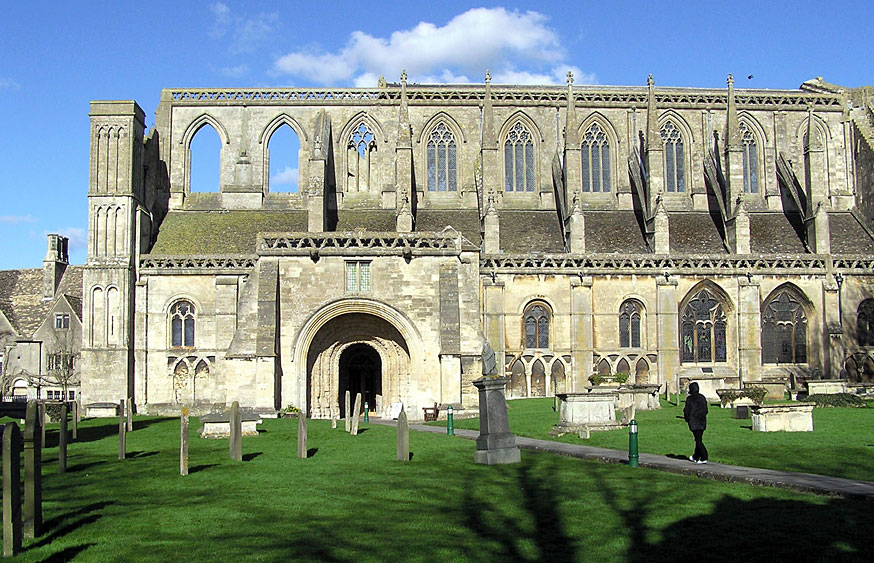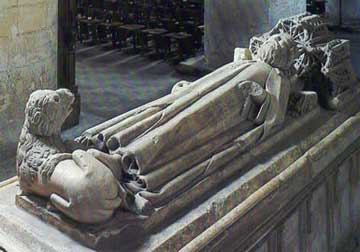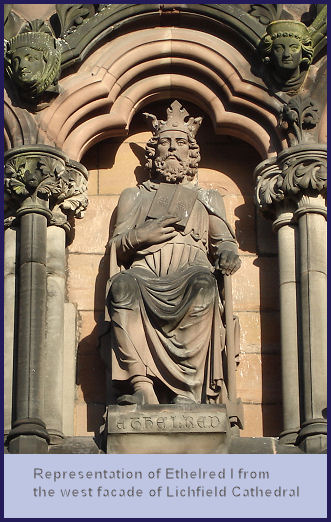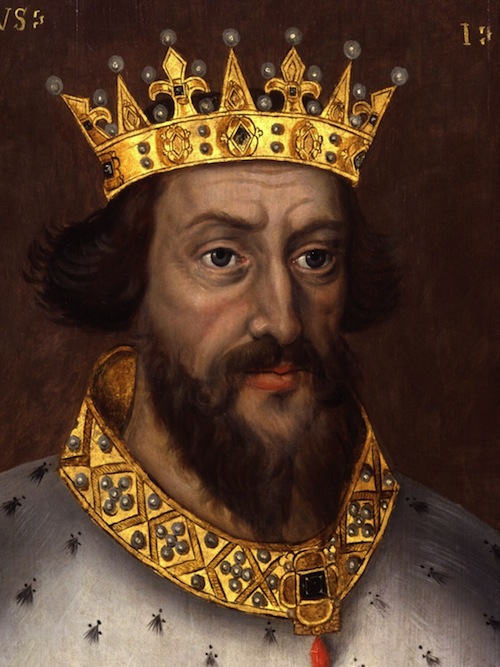The borough of Malmesbury was home to the great historian William of Malmesbury – what do we know about the ancient town he made famous?
Malmesbury Abbey
On the northern borders of Wiltshire stands the small market town of Malmesbury. Its origins date back to the middle of the sixth century, after the Saxons wrested final control over this part of the country from the Britons. Malmesbury is the oldest borough in England, with a charter given by Alfred the Great around 880.
According to the 16th-century writer, Leland:
‘The toun of Malmesbyri stondith on the very toppe of a greate slaty rok, and ys wonderfully defended by nature’.
And indeed, the river Avon and a tributary almost completely surround the town, forming a perfect natural defence system.
The town is dominated by the now ruined abbey at its centre. Only a third of the abbey has survived, but in the Middle Ages the building had a tall central spire, reaching 7m (23ft) higher than Salisbury Cathedral’s 123m- (404ft) high spire.
…in the Middle Ages the building had a tall central spire…
Malmesbury Abbey’s founder, Maidulph, died in 675. At this time Aldhelm, a Saxon by birth and related to King Ine of Wessex, took over the leadership of the borough, and under him the town grew in stature and importance.
Around 700, Aldhelm built the first organ in England, which was described as a ‘mighty instrument with innumerable tones, blown with bellows, and enclosed in a gilded case’, and he is also credited with other churches in the area, including the one at Bradford-on-Avon, which stands to this day. He died in 709 and was canonised, and he has been known ever after as St Aldhelm.
King Athelstan and William of Malmesbury
Perhaps the most important of Malmesbury’s benefactors was the first king of all England – Alfred the Great’s grandson, Athelstan. He reigned between 925 and 940.
Athelstan was a distinguished and courageous soldier who pushed the boundaries of the kingdom further than anyone had done before.
In 927 he took York from the Danes and forced the submission of King Constantine of Scotland and of the northern kings. All five of the Welsh kings agreed to pay a huge annual tribute to him, and he also eliminated opposition in Cornwall.
In 937, at the battle of Brunanburh, Athelstan led a force drawn from Britain and defeated an invasion by the king of Scotland in alliance with the Welsh and Danes from Dublin.
Athelstan was a collector of artworks and religious relics, which he often gave away to churches to gain their support.
Under Athelstan, law codes strengthened royal control over his large kingdom. Currency was regulated to control silver’s weight and to penalise fraudsters. Buying and selling was largely confined to the burhs, encouraging town life. Areas of settlement in the Midlands and Danish towns were consolidated into shires.
Overseas, Athelstan built alliances by marrying off four of his half-sisters to various rulers in western Europe. He was also a great collector of artworks and religious relics, which he gave away to many of his followers, and to churches in order to gain the support of the clergy.
Athelstan died in 940 at the height of his power, and was buried in Malmesbury Abbey. He had been an ardent supporter and endower of the Abbey, and it is fitting that he should be buried there.
Another famous son of Malmesbury was the great historian William of Malmesbury (1095-1143). He was educated at the now famous abbey school.
William’s approach to writing history was quite different from that of his medieval counterparts, and much more like the approach of a modern scholar. He paid great attention to accuracy and detail, and used eyewitness accounts and solid documentary evidence to support his arguments.
One of William’s stories was about an 11th-century monk called Elmer, who made himself a pair of wings and jumped from the tower of Malmesbury Abbey, flying about 200 metres (220 yards) before crashing and seriously injuring himself.
Elmer, Aldhelm and William of Malmesbury are all remembered in the stained glass at the Abbey, in a room now used for storage.
Credit:
BBC





















